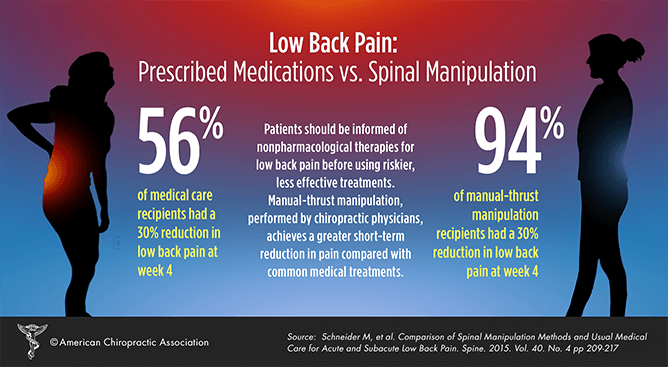Lots Of People Neglect Refined Signs Of Tension; Find If You'Re One Of Them And Learn How Soft Tissue Treatment Can Aid
Lots Of People Neglect Refined Signs Of Tension; Find If You'Re One Of Them And Learn How Soft Tissue Treatment Can Aid
Blog Article
Web Content Writer-Vang McAllister
If you've been handling consistent muscular tissue tension or tightness, you may be questioning if there's a better solution than simply over-the-counter pain relief. Minimal range of motion and ongoing discomfort after an injury can seriously affect your day-to-day live. These signs frequently indicate that your body requires a lot more targeted care. So, exactly how do you recognize when it's time to consider soft Tissue therapy? Let's check out some vital indications that might amaze you.
Persistent Muscle Tension and Tightness
If you typically find yourself really feeling limited and rigid after a lengthy day, you may be handling persistent muscle tension. This pain can sneak in from everyday tasks, poor pose, or perhaps anxiety.
You might discover that certain locations, like your neck or shoulders, really feel particularly tight, making it hard to unwind. Overlooking this tension can result in even more substantial issues, impacting your total health.
You may locate it challenging to unwind or feel tired regardless of obtaining enough rest. Integrating normal stretches or mild motion can assist relieve several of this stiffness, but it mightn't suffice.
If the stress continues, seeking soft Tissue treatment can offer the relief you require, aiding to recover balance and comfort in your body.
Limited Variety Of Motion
A restricted variety of motion can substantially impact your daily tasks and overall lifestyle. sports medicine massage therapy might discover basic tasks, like grabbing an item on a shelf or bending down to tie your shoes, becoming significantly difficult.
This constraint commonly stems from tight muscles, joint concerns, or previous injuries, making motion awkward or even painful. When you can not move freely, it influences your capacity to exercise, play sporting activities, or engage in hobbies you enjoy.
Soft Tissue therapy can help ease these concerns by targeting the underlying muscular tissue tension and enhancing versatility. If https://upper-cervical-chiropract39517.weblogco.com/33181702/keep-your-body-in-peak-problem-with-effective-sports-massage-therapy-strategies-that-can-avoid-injuries-find-just-how-to-boost-your-efficiency-today see stiffness, pain, or a failure to totally prolong or flex your joints, it deserves considering therapy to restore your wheelchair and boost your overall well-being.
Persistent Discomfort After Injury
Experiencing persistent pain after an injury can be aggravating and debilitating. You could've believed the pain would certainly fade with time, but when it sticks around, it could signal a deeper concern.
This ongoing pain might hinder your daily activities and influence your lifestyle. You might discover rigidity, swelling, or sensitivity in the afflicted location, which can limit your ability to move freely.
If you have actually tried rest, ice, or over the counter medicines without success, it's necessary to think about soft Tissue therapy. This method targets the muscle mass, tendons, and tendons bordering the injury, advertising healing and discomfort relief.
Don't allow relentless pain control your life-- choose specialist aid to get back on course and regain your movement.
Conclusion
If you're experiencing chronic muscle stress, limited variety of movement, or consistent pain after an injury, it's time to consider soft Tissue therapy. Overlooking these indicators can result in additional pain and hinder your day-to-day activities. Rather than depending only on non-prescription drugs, looking for expert assistance can efficiently resolve your symptoms and advertise healing. Don't wait for your pain to aggravate-- do something about it currently and improve your lifestyle with the right therapy.
